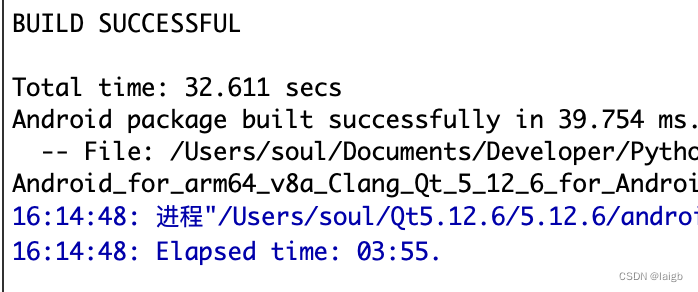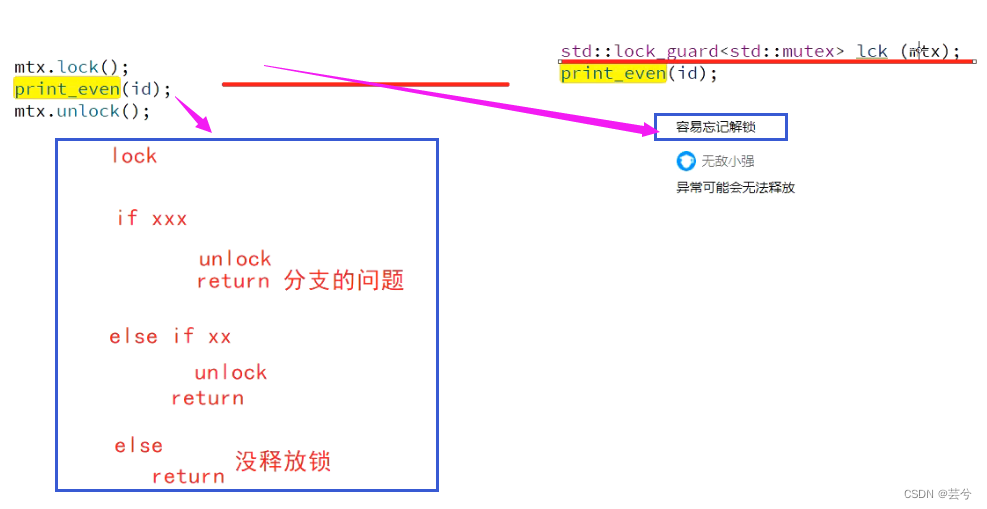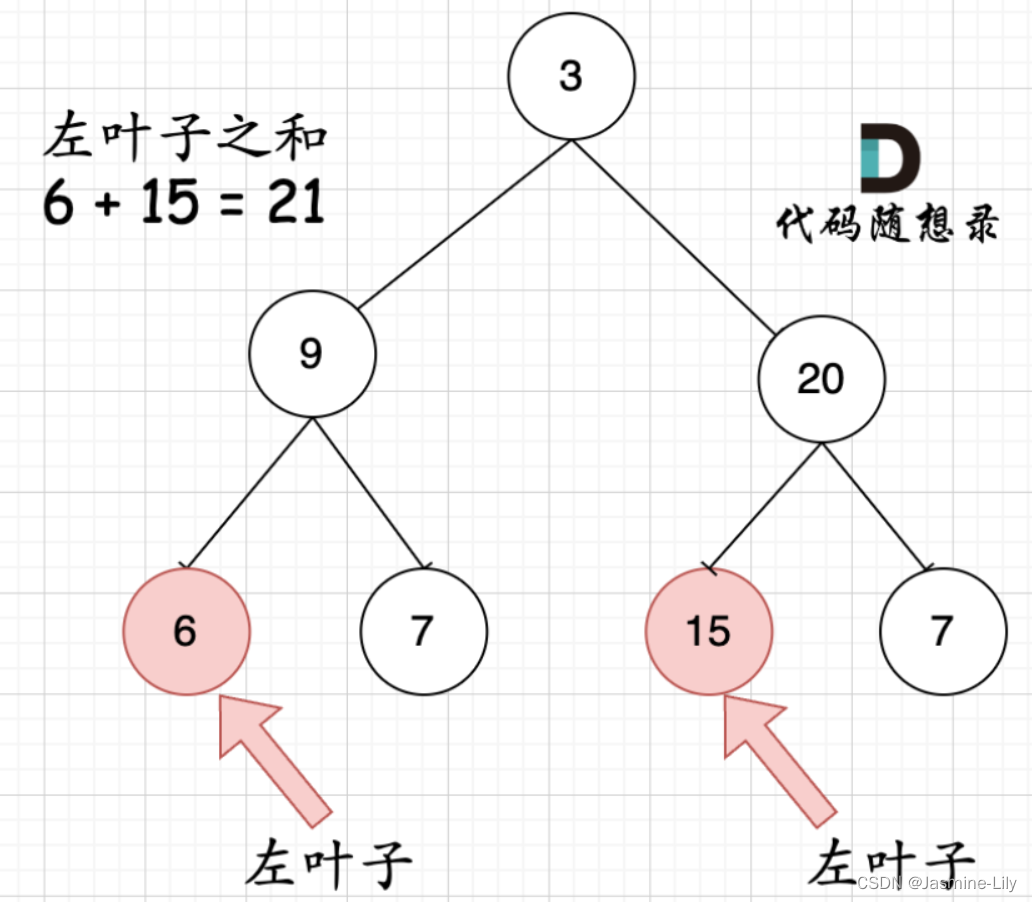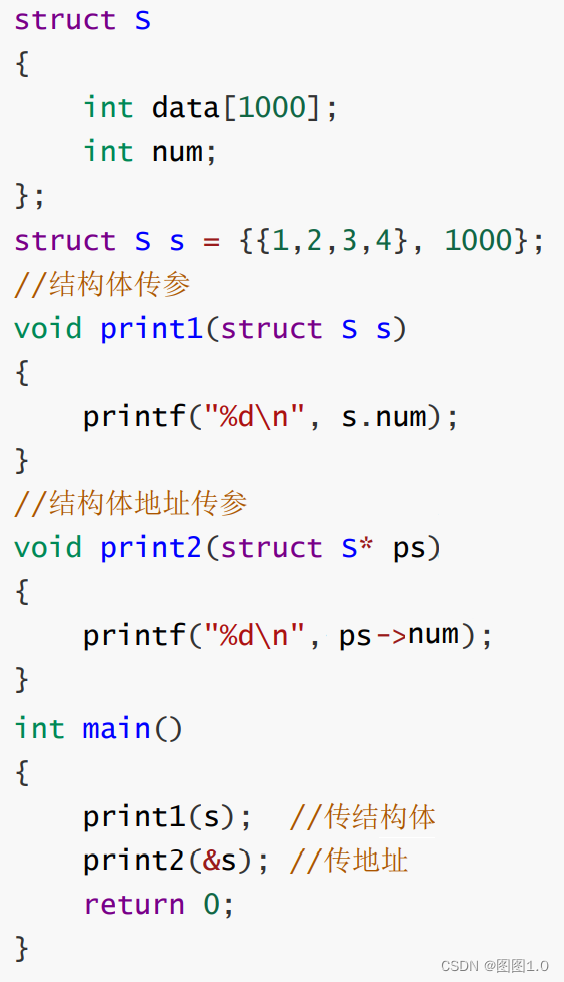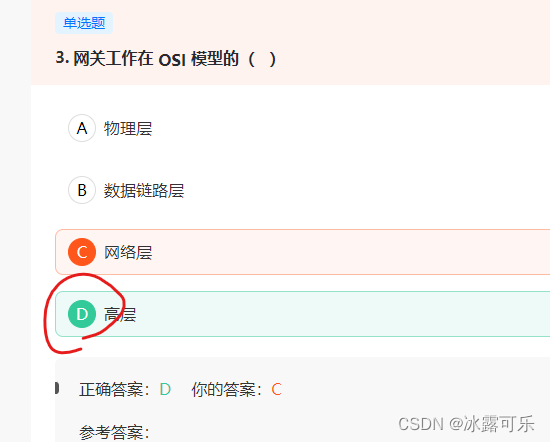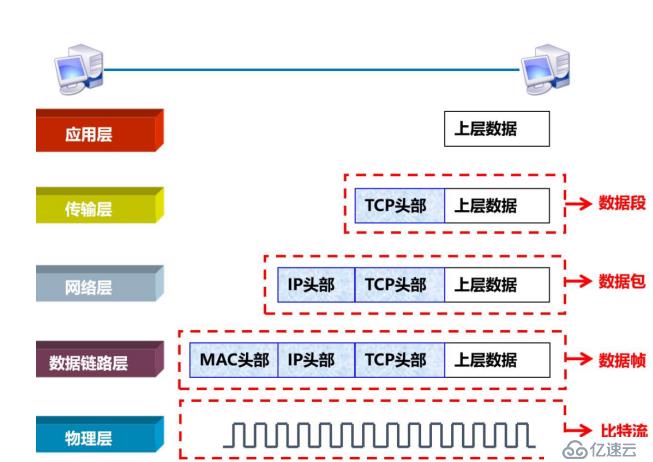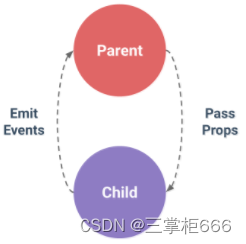第六节 业务功能:登录
1、显示首页
1.1、流程图

1.2、创建 PortalServlet
1.2.1、创建 Java 类
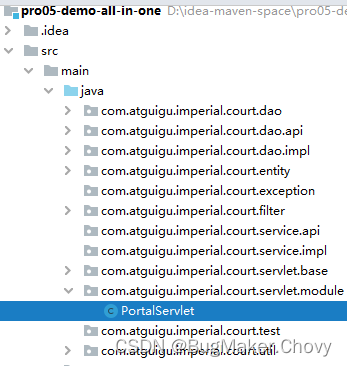
public class PortalServlet extends ViewBaseServlet {
@Override
protected void doGet(HttpServletRequest req, HttpServletResponse resp) throws ServletException, IOException {
doPost(req, resp);
}
@Override
protected void doPost(HttpServletRequest req, HttpServletResponse resp) throws ServletException, IOException {
// 声明要访问的首页的逻辑视图
String templateName = "index";
// 调用父类的方法根据逻辑视图名称渲染视图
processTemplate(templateName, req, resp);
}
}
1.2.2、注册
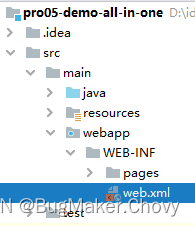
<servlet>
<servlet-name>portalServlet</servlet-name>
<servlet-class>com.atguigu.imperial.court.servlet.module.PortalServlet</servlet-class>
</servlet>
<servlet-mapping>
<servlet-name>portalServlet</servlet-name>
<url-pattern>/</url-pattern>
</servlet-mapping>
1.3、在 index.html 中编写登录表单
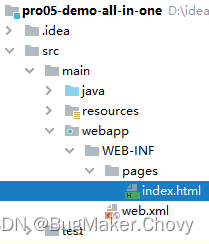
<!DOCTYPE html>
<html lang="en" xml:th="http://www.thymeleaf.org">
<head>
<meta charset="UTF-8">
<title>Title</title>
</head>
<body>
<!-- @{/auth} 解析后:/demo/auth -->
<form th:action="@{/auth}" method="post">
<!-- 传递 method 请求参数,目的是为了让当前请求调用 AuthServlet 中的 login() 方法 -->
<input type="hidden" name="method" value="login" />
<!-- th:text 解析表达式后会替换标签体 -->
<!-- ${attrName} 从请求域获取属性名为 attrName 的属性值 -->
<p th:text="${message}"></p>
<p th:text="${systemMessage}"></p>
账号:<input type="text" name="loginAccount"/><br/>
密码:<input type="password" name="loginPassword"><br/>
<button type="submit">进宫</button>
</form>
</body>
</html>
2、登录操作
2.1、流程图
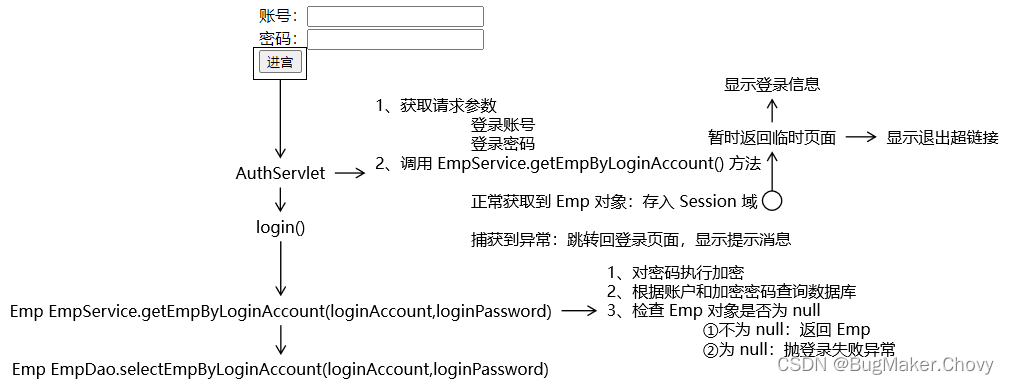
2.2、创建 EmpService
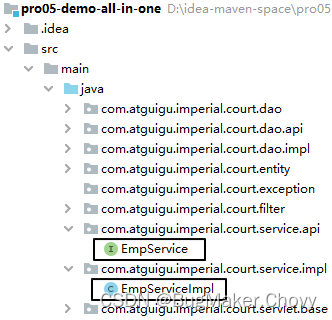
2.3、创建登录失败异常

public class LoginFailedException extends RuntimeException {
public LoginFailedException() {
}
public LoginFailedException(String message) {
super(message);
}
public LoginFailedException(String message, Throwable cause) {
super(message, cause);
}
public LoginFailedException(Throwable cause) {
super(cause);
}
public LoginFailedException(String message, Throwable cause, boolean enableSuppression, boolean writableStackTrace) {
super(message, cause, enableSuppression, writableStackTrace);
}
}
2.4、增加常量声明
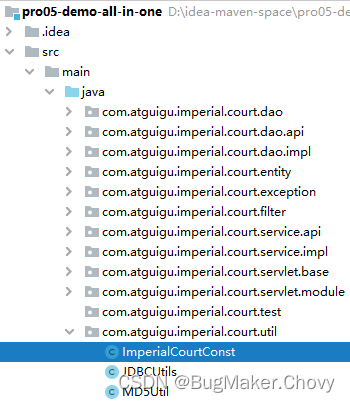
public class ImperialCourtConst {
public static final String LOGIN_FAILED_MESSAGE = "账号、密码错误,不可进宫!";
public static final String ACCESS_DENIED_MESSAGE = "宫闱禁地,不得擅入!";
public static final String LOGIN_EMP_ATTR_NAME = "loginInfo";
}
2.5、创建 AuthServlet
2.5.1、创建 Java 类
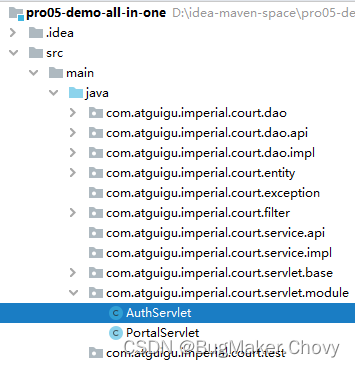
public class AuthServlet extends ModelBaseServlet {
private EmpService empService = new EmpServiceImpl();
protected void login(
HttpServletRequest request,
HttpServletResponse response)
throws ServletException, IOException {
try {
// 1、获取请求参数
String loginAccount = request.getParameter("loginAccount");
String loginPassword = request.getParameter("loginPassword");
// 2、调用 EmpService 方法执行登录逻辑
Emp emp = empService.getEmpByLoginAccount(loginAccount, loginPassword);
// 3、通过 request 获取 HttpSession 对象
HttpSession session = request.getSession();
// 4、将查询到的 Emp 对象存入 Session 域
session.setAttribute(ImperialCourtConst.LOGIN_EMP_ATTR_NAME, emp);
// 5、前往指定页面视图
String templateName = "temp";
processTemplate(templateName, request, response);
} catch (Exception e) {
e.printStackTrace();
// 6、判断此处捕获到的异常是否是登录失败异常
if (e instanceof LoginFailedException) {
// 7、如果是登录失败异常则跳转回登录页面
// ①将异常信息存入请求域
request.setAttribute("message", e.getMessage());
// ②处理视图:index
processTemplate("index", request, response);
}else {
// 8、如果不是登录异常则封装为运行时异常继续抛出
throw new RuntimeException(e);
}
}
}
}
2.5.2、注册
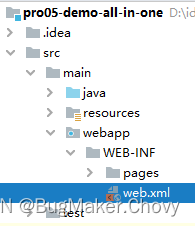
<servlet>
<servlet-name>authServlet</servlet-name>
<servlet-class>com.atguigu.imperial.court.servlet.module.AuthServlet</servlet-class>
</servlet>
<servlet-mapping>
<servlet-name>authServlet</servlet-name>
<url-pattern>/auth</url-pattern>
</servlet-mapping>
2.6、EmpService 方法
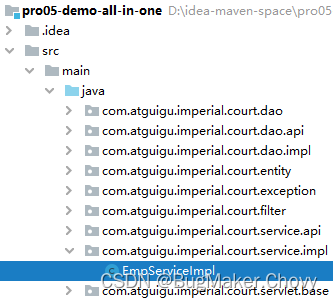
public class EmpServiceImpl implements EmpService {
private EmpDao empDao = new EmpDaoImpl();
@Override
public Emp getEmpByLoginAccount(String loginAccount, String loginPassword) {
// 1、对密码执行加密
String encodedLoginPassword = MD5Util.encode(loginPassword);
// 2、根据账户和加密密码查询数据库
Emp emp = empDao.selectEmpByLoginAccount(loginAccount, encodedLoginPassword);
// 3、检查 Emp 对象是否为 null
if (emp != null) {
// ①不为 null:返回 Emp
return emp;
} else {
// ②为 null:抛登录失败异常
throw new LoginFailedException(ImperialCourtConst.LOGIN_FAILED_MESSAGE);
}
}
}
2.7、EmpDao 方法
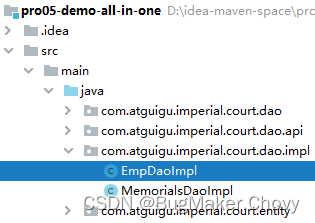
public class EmpDaoImpl extends BaseDao<Emp> implements EmpDao {
@Override
public Emp selectEmpByLoginAccount(String loginAccount, String encodedLoginPassword) {
// 1、编写 SQL 语句
String sql = "select emp_id empId," +
"emp_name empName," +
"emp_position empPosition," +
"login_account loginAccount," +
"login_password loginPassword " +
"from t_emp where login_account=? and login_password=?";
// 2、调用父类方法查询单个对象
return super.getSingleBean(sql, Emp.class, loginAccount, encodedLoginPassword);
}
}
2.8、临时页面

<!DOCTYPE html>
<html lang="en" xml:th="http://www.thymeleaf.org">
<head>
<meta charset="UTF-8">
<title>临时</title>
</head>
<body>
<p th:text="${session.loginInfo}"></p>
</body>
</html>
3、退出登录
3.1、在临时页面编写超链接
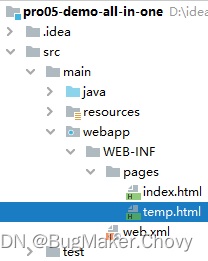
<a th:href="@{/auth?method=logout}">退朝</a>
3.2、在 AuthServlet 编写退出逻辑
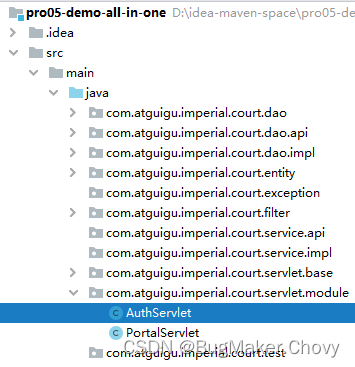
protected void logout(HttpServletRequest request, HttpServletResponse response) throws ServletException, IOException {
// 1、通过 request 对象获取 HttpSession 对象
HttpSession session = request.getSession();
// 2、将 HttpSession 对象强制失效
session.invalidate();
// 3、回到首页
String templateName = "index";
processTemplate(templateName, request, response);
}
本文章参考B站 尚硅谷2022版Maven教程(maven入门+高深,全网无出其右!),仅供个人学习使用,部分内容为本人自己见解,与尚硅谷无关。
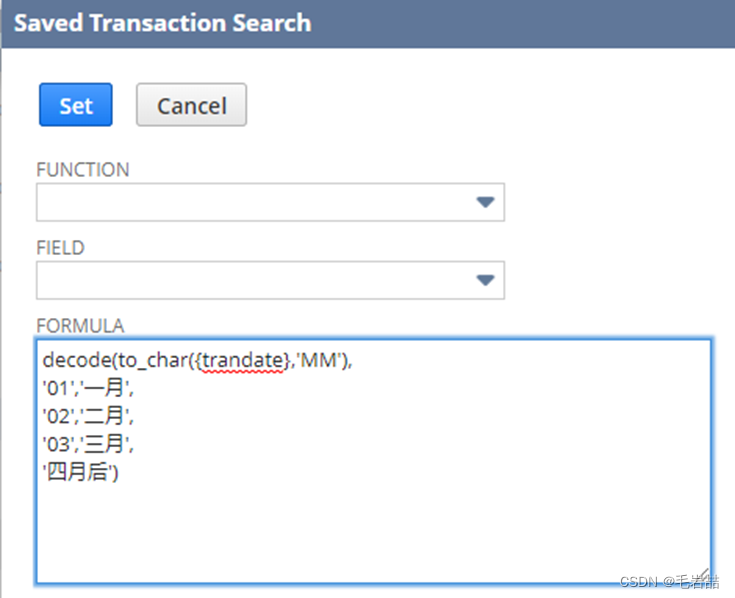


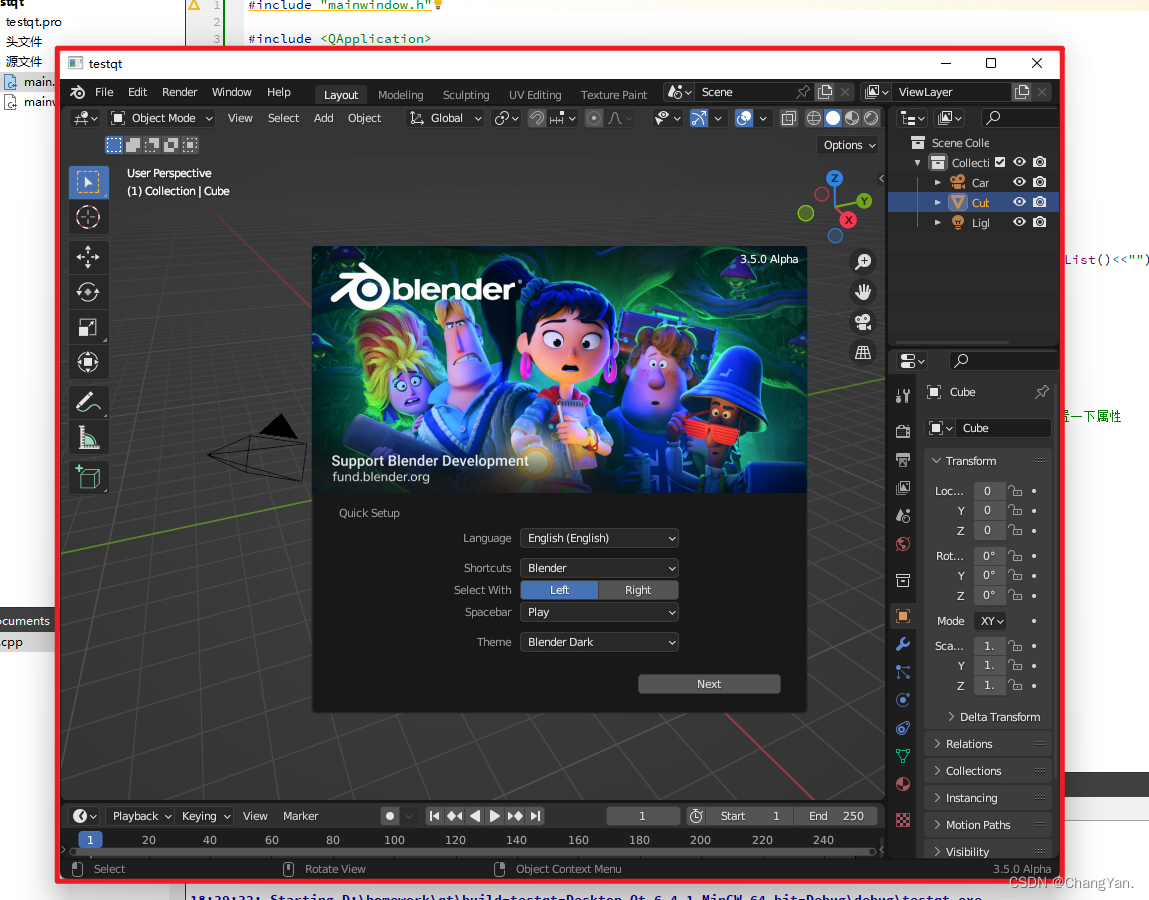

![[LeetCode周赛复盘] 第 325 场周赛20221225](https://img-blog.csdnimg.cn/10850cafa90d40be928e44bf7dba9899.png)


